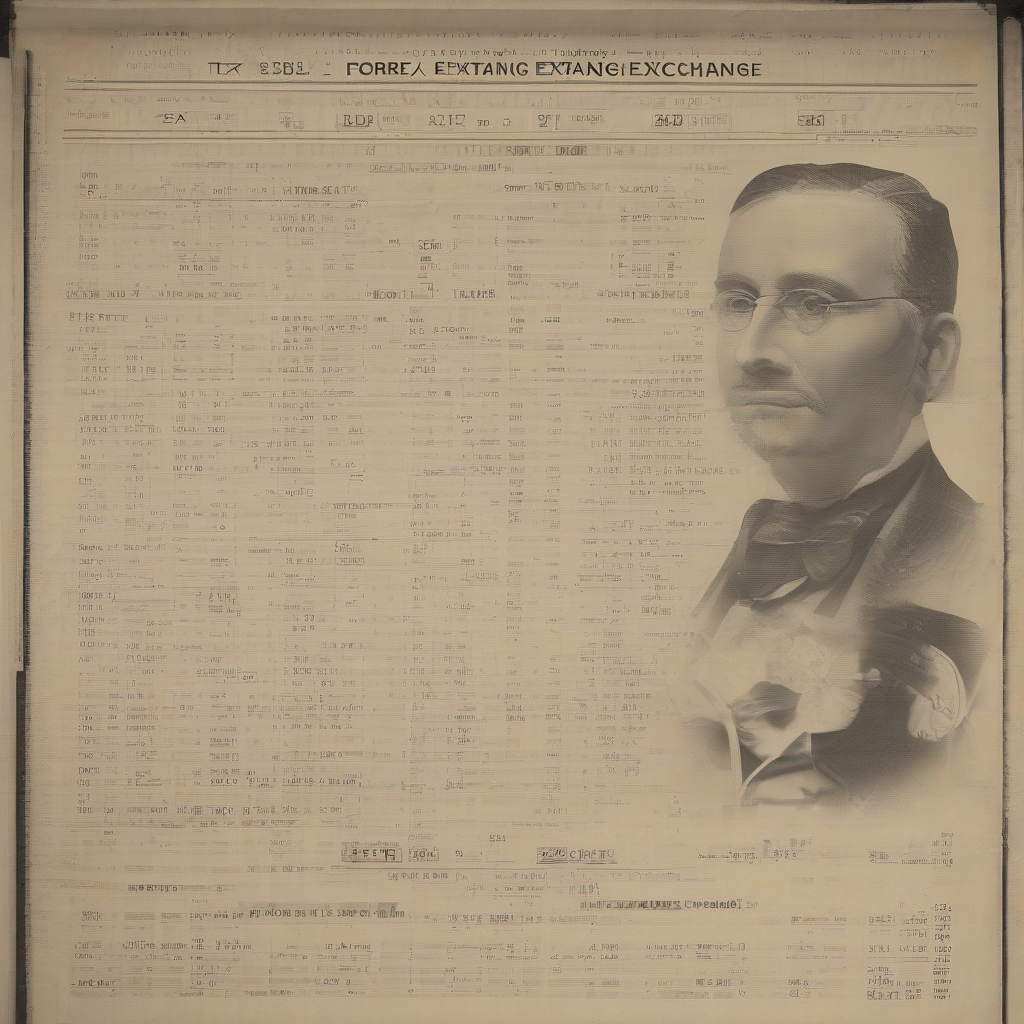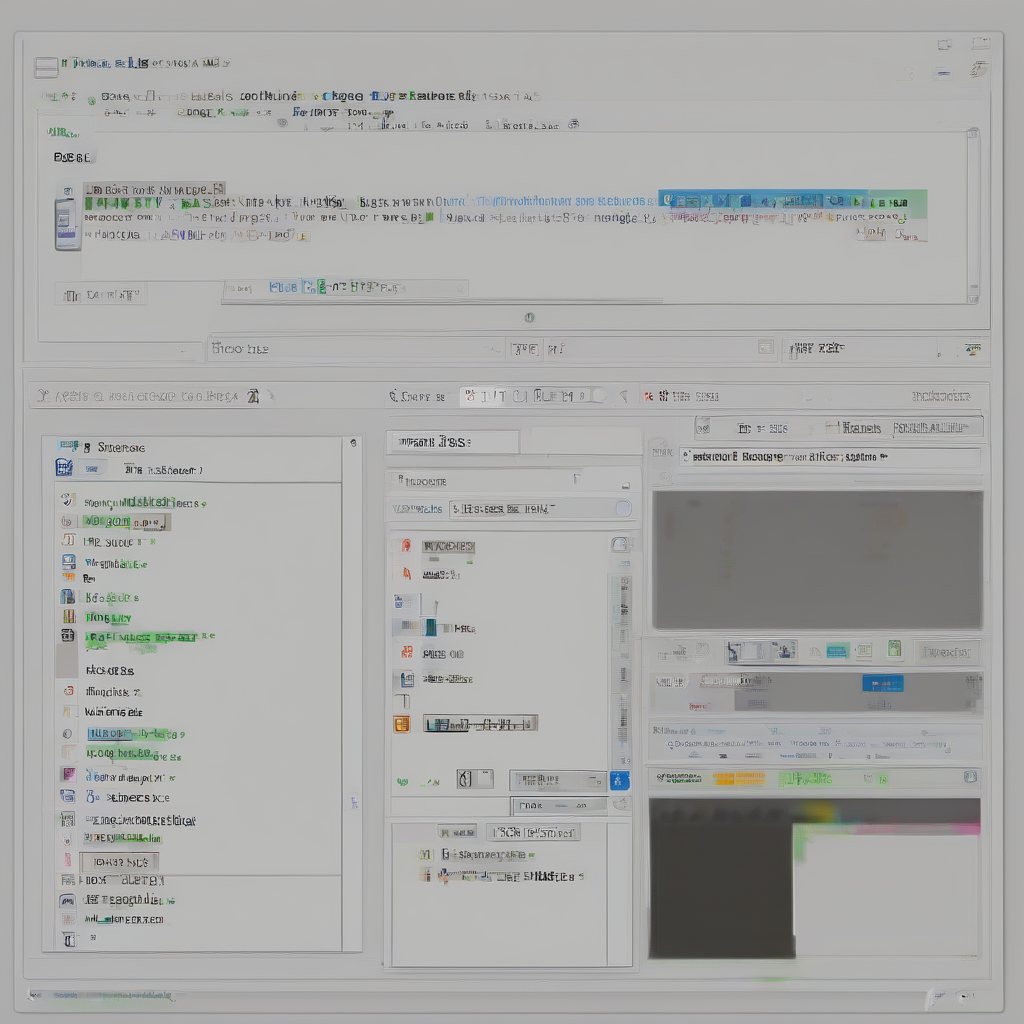Forex: A Comprehensive Guide to Foreign Exchange Markets

Forex: A Comprehensive Guide to Foreign Exchange Markets
Introduction
The foreign exchange market, commonly known as Forex or FX, is the global marketplace where currencies are traded. It is the world's largest and most liquid financial market, with trillions of dollars changing hands every day. This guide aims to provide a comprehensive understanding of Forex, covering its key aspects, participants, trading mechanisms, and implications for individuals and businesses.
What is Forex?
- Definition: Forex is the simultaneous purchase of one currency and the sale of another. Traders speculate on the fluctuations in exchange rates to profit.
- Decentralized Nature: Unlike stock exchanges, Forex is not a centralized marketplace. Transactions occur electronically over-the-counter (OTC) between various market participants.
- 24/5 Operation: Forex markets operate 24 hours a day, five days a week, due to the global nature of currency trading.
- High Liquidity: Forex is highly liquid, meaning that large amounts of currency can be bought and sold quickly without significantly affecting exchange rates.
Key Forex Concepts
Exchange Rates
- Definition: Exchange rates represent the value of one currency in terms of another.
- Factors Affecting Exchange Rates:
- Economic Growth and Inflation
- Interest Rate Differentials
- Government Policies
- Political Stability
- Market Sentiment and Speculation
Currency Pairs
- Definition: Forex trading involves trading currency pairs, such as EUR/USD (Euro vs. US Dollar) or GBP/JPY (British Pound vs. Japanese Yen).
- Base Currency: The first currency in a pair is the base currency, and its value is expressed in terms of the second currency, the quote currency.
- Quote Currency: The second currency in a pair is the quote currency, and its value is determined by the exchange rate.
Pips (Points in Percentage)
- Definition: Pips are the smallest unit of change in an exchange rate. The value of a pip varies depending on the currency pair.
- Significance: Pips are crucial for calculating profits and losses in Forex trading.
Leverage
- Definition: Forex trading involves leverage, which allows traders to control a larger position with a smaller initial investment.
- Benefits: Leverage can amplify potential profits but also losses.
- Risks: Leverage can lead to significant losses if the market moves against the trader's position.
Participants in the Forex Market
- Central Banks: Manage their national currencies and intervene in the market to maintain stability.
- Commercial Banks: Facilitate currency exchange for their customers and trade for profit.
- Hedge Funds and Investment Banks: Engage in large-scale speculative trading.
- Corporations: Trade currencies to manage foreign exchange risk related to international transactions.
- Retail Traders: Individuals who trade Forex for personal investment or speculation.
Trading Mechanisms
Order Types
- Market Orders: Executed immediately at the best available price.
- Limit Orders: Executed at a specific price or better.
- Stop Orders: Placed to limit potential losses or to enter a trade when a specific price level is reached.
Trading Platforms
- MetaTrader 4 (MT4): One of the most popular Forex trading platforms.
- MetaTrader 5 (MT5): A newer and more advanced platform with additional features.
- cTrader: A platform known for its advanced charting and analysis tools.
Technical Analysis
- Definition: Uses charts and indicators to identify patterns and trends in price movements.
- Tools: Moving averages, Bollinger Bands, Relative Strength Index (RSI).
Fundamental Analysis
- Definition: Examines economic factors and news events that can impact currency values.
- Indicators: Interest rates, inflation, GDP growth, political stability.
Risks and Considerations
- Volatility: Forex markets are highly volatile, which can lead to rapid price swings.
- Leverage Risk: Leverage can amplify both profits and losses, increasing the potential for financial ruin.
- Counterparty Risk: Forex trading involves dealing with financial institutions, which carry a level of risk.
- Regulatory Risks: The Forex market is subject to various regulations, which can change over time.
Benefits of Forex Trading
- High Liquidity: Allows traders to enter and exit positions easily.
- 24/5 Availability: Trading opportunities are available around the clock.
- Potential for High Returns: Leverage can amplify profits, but also losses.
- Transparency: Forex markets are transparent, with readily available price data.
Conclusion
Forex is a dynamic and complex market that offers both opportunities and risks. Understanding the fundamental concepts, trading mechanisms, and associated risks is crucial for successful Forex trading. By employing proper risk management strategies, utilizing technical and fundamental analysis, and staying informed about market trends, traders can navigate this challenging yet potentially rewarding market.
What's Your Reaction?

















